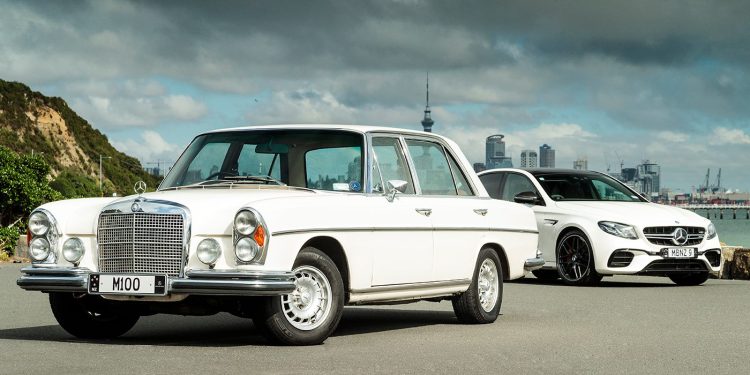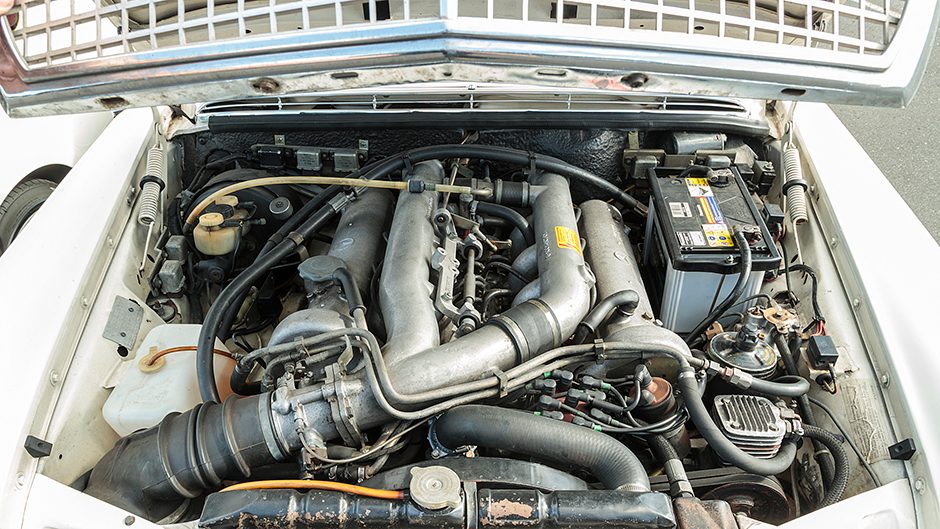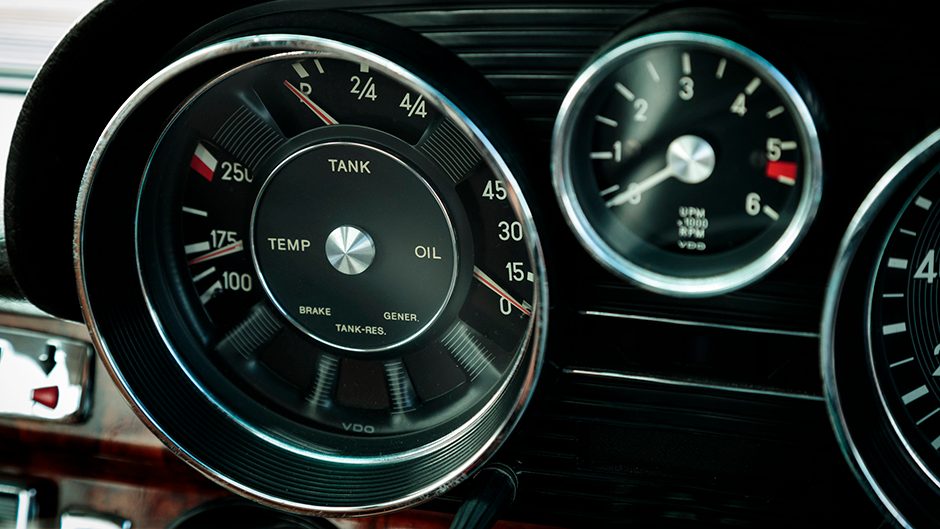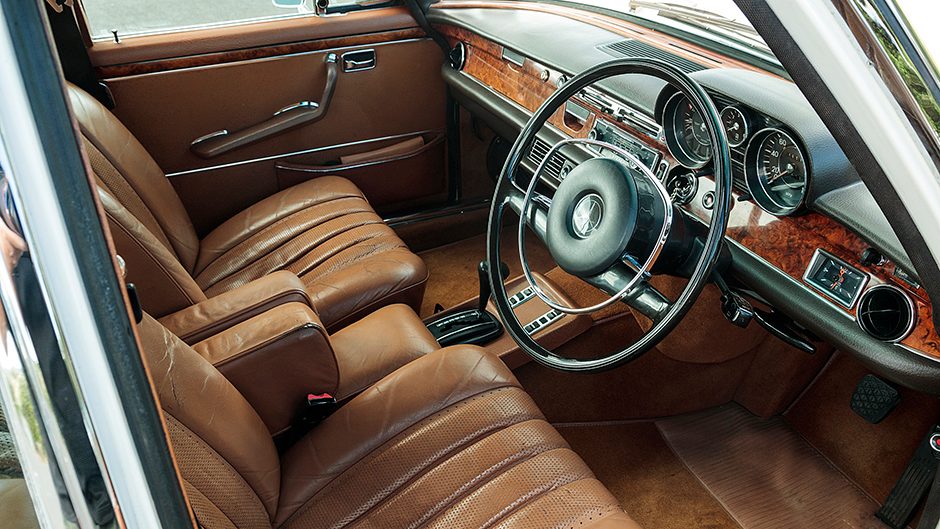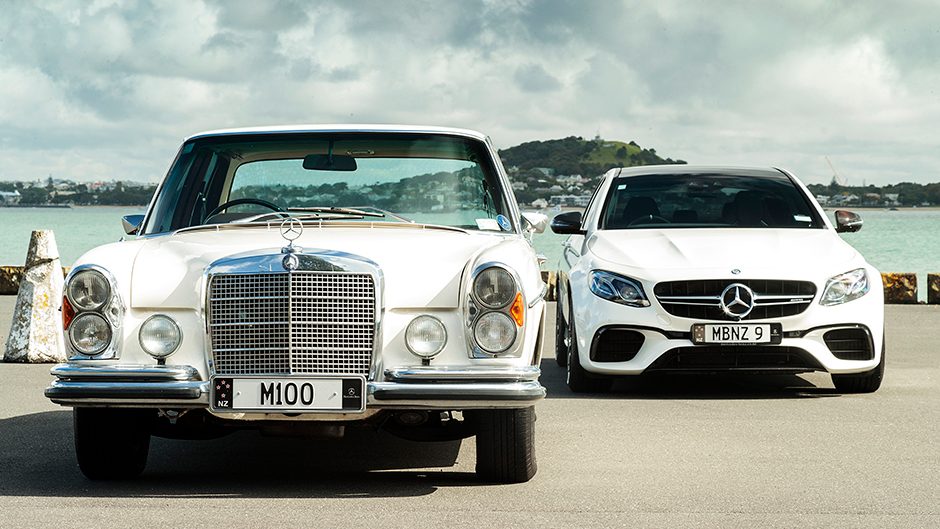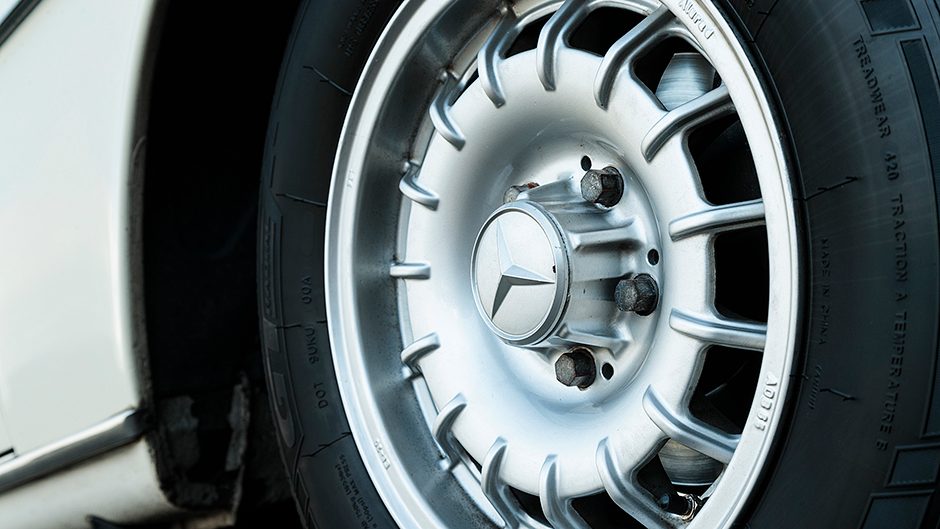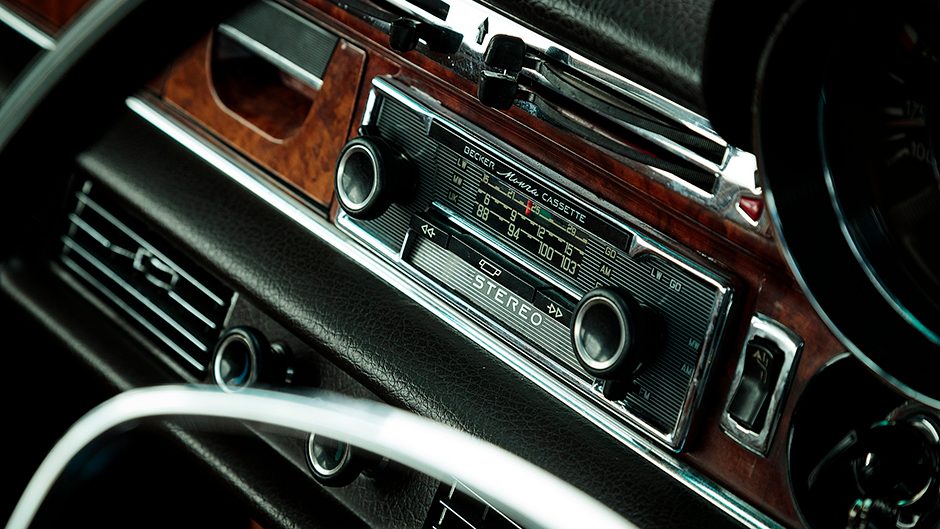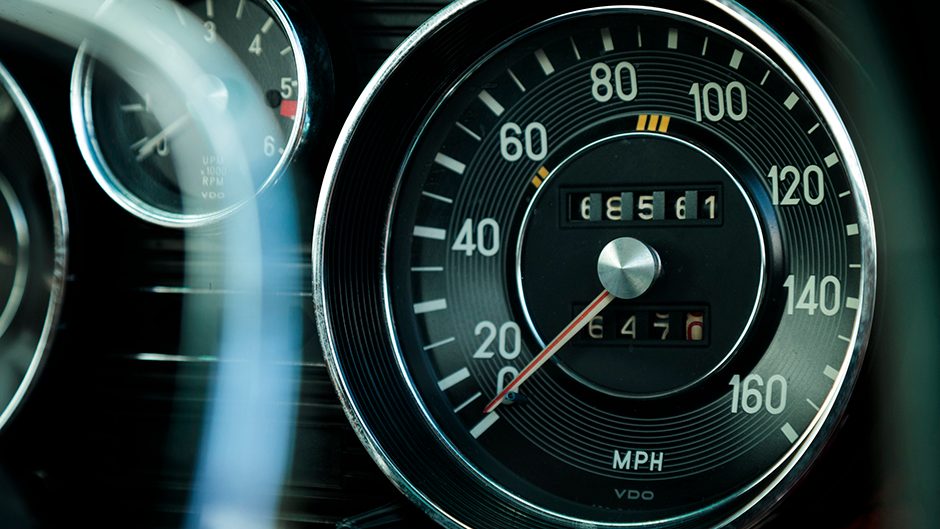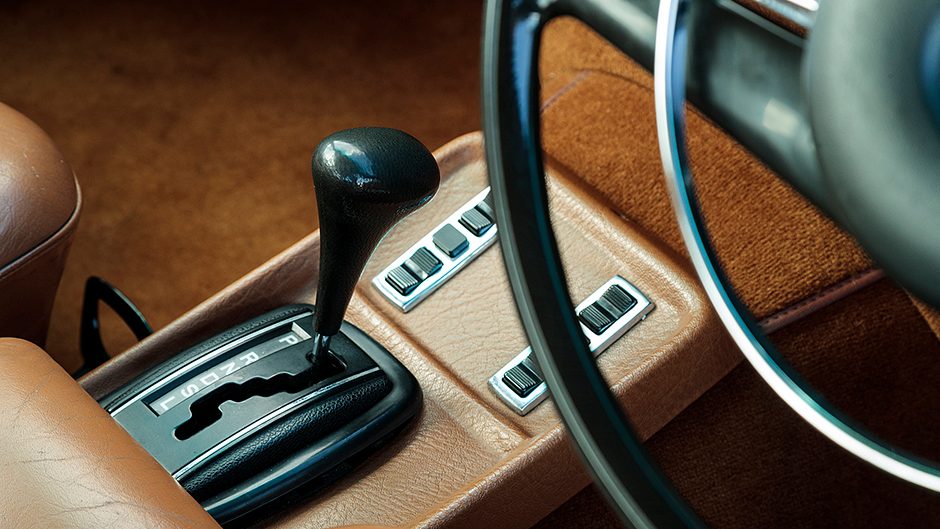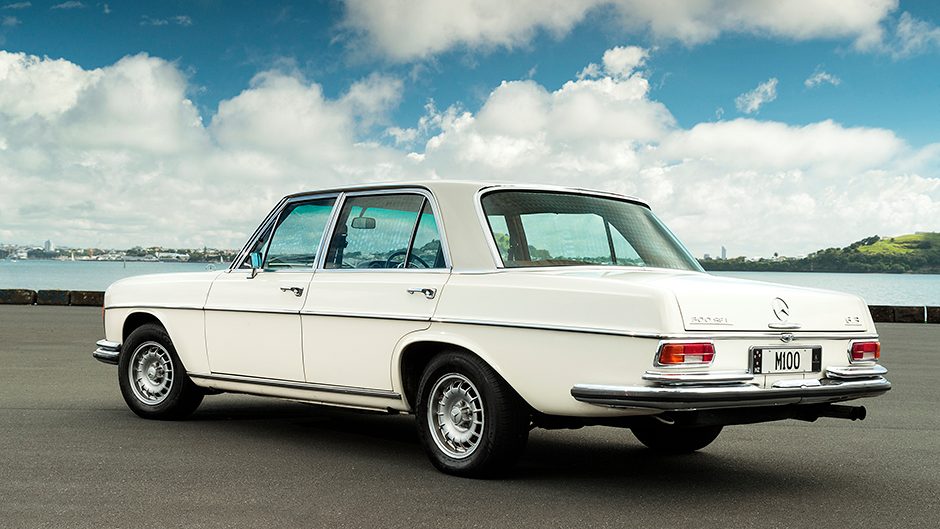1970 Mercedes-Benz 300 SEL 6.3
Words Kyle Cassidy | Photos Tom Gasnier
For more than 50 years, the letters AMG have adorned Mercedes-Benz cars that have gone faster and harder while maintaining that air of luxury. Here we look at the car that launched the legend.
It’s been fifty years since Mercedes-Benz dropped a bombshell at the Geneva Motor Show by rolling out its 300 SEL 6.3. Outwardly it looked much like the regular old SEL, but in the 6.3 Mercedes had unveiled one of the original Q Cars. Following a theme that was popular at the time in the US auto industry, Mercedes-Benz took its big V8 that was the preserve of its luxurious 600 limousine and plonked it in the smaller 300 SEL.
Replacing the 3.0-litre straight six with a big V8 bred a muscle car of sorts but, in keeping with Benz ethos, this SEL was still very much a luxury saloon. As the press blurb of the day announced, it was a model with unrivalled comfort and extraordinary performance. The 6.3 was impressively fast for the time. Mercedes-Benz said it could blaze to 100km/h in 6.5 seconds, cover the standing quarter mile in 14.2 and would top out at 220km/h.
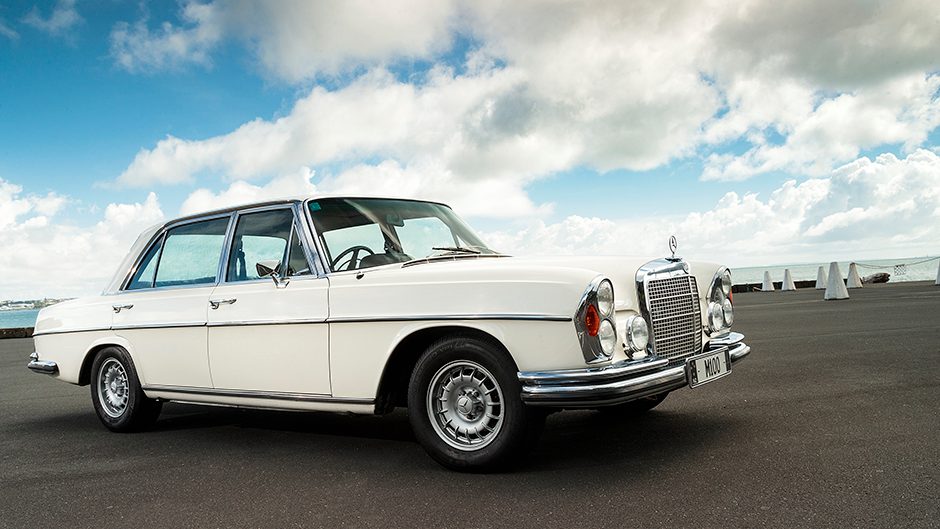
This was all thanks to the 184kW V8, which could conjure 500Nm of low down pull at just 2800rpm. It was married with a ‘fast shifting’ four-speed auto, when two- or three-gear slush boxes were more the norm. The 6.3 could have been quicker still but it was no lightweight at a stated 1780kg due to its level of luxury fitout. This SEL utilised self-leveling air suspension with ride height control which was also derived from the 600.
It featured power steering, was fitted with air conditioning and had powered windows and pneumatic central locking. It also had dual-circuit power braking with four internally vented disc brakes and a locking diff. Benz improved the double wishbones up front, added a sway bar and the single-joint swing axle rear was located via hydraulic shock absorbers complementing the air springs.
Unlike today’s models which are carefully planned and heavily influenced by the marketing department, the creation of the 6.3 is credited to a vehicle engineer, Erich Waxenberger who, it is said, secretly concocted a test mule marrying the big 6.3-litre V8 with the W 109 sedan. The brass liked the idea and it was signed off for production. These 6.3s were an expensive range topper for the W 109 line, and second only in the pecking order of Merc saloons to the W 100 600 Limousine, favoured by African dictators.
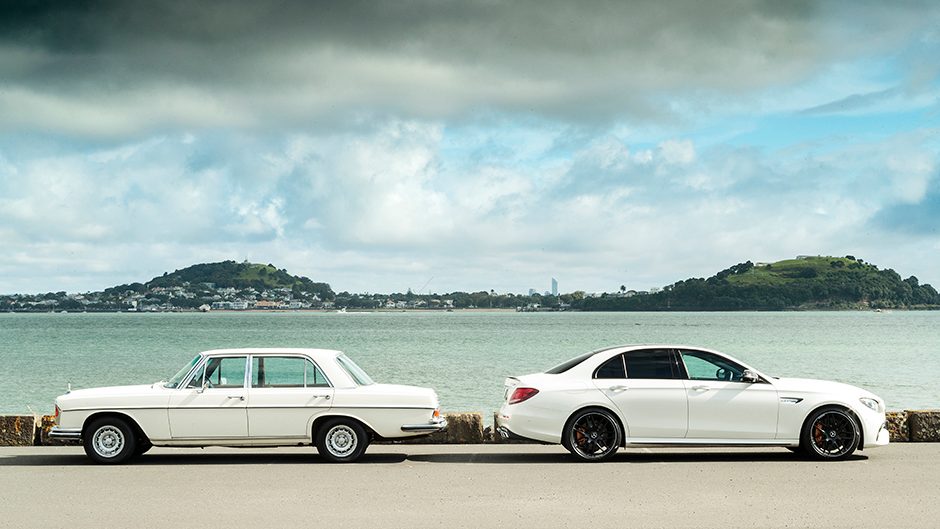
The SEL 6.3 was made between 1968 and 1972 with 6526 examples minted. The 6.3-litre V8, designated the M100, featured a single overhead cam design with an iron block and alloy heads. It was fuelled by Bosch injection, the pump system featuring eight plungers for ‘precision fuelling’ and the eight was more of a lugger than a screamer, with the the rev ceiling set at 5250rpm.
The North American automotive press raved about the SEL 6.3 at the time. Road and Track reckoned “whatever it is asked to do, it does better than almost any other car. The handling is excellent by any standards; not only is it far superior to any other sedan you can name but it is better than most sports cars.” This appraisal wasn’t lost on a couple of ex-Mercedes engineers who had set up their own tuning shop in 1967 to inject Mercedes-Benz cars with a little extra speed.
We are of course talking about Hans Werner Aulfrecht and Erhard Melcher, the original founders of Aufrecht Melcher Großaspach or AMG. They could see the potential of the 300 SEL 6.3 and decided to take this luxo limo racing. In 1971 they entered their SEL in the Spa-Francorchamps 24-Hour race. The big red barge stuck out on the grid amongst the Ford Capris, Alfa GTAs and BMW CS coupes and so it was dubbed the ‘red pig’. But this sow sure did the business.
Aulfrecht and Melcher gave the bumpers the flick, added yet more driving lights up front, and rolled the guards to enable them to fit huge tyres. But most of their efforts were made under the bonnet where they had pushed the capacity out to 6.8 thundering litres. Along with new internals and a rumbling exhaust, the 6.8 delivered 315kW and over 600Nm of squirt to push the SEL beyond 260km/h.
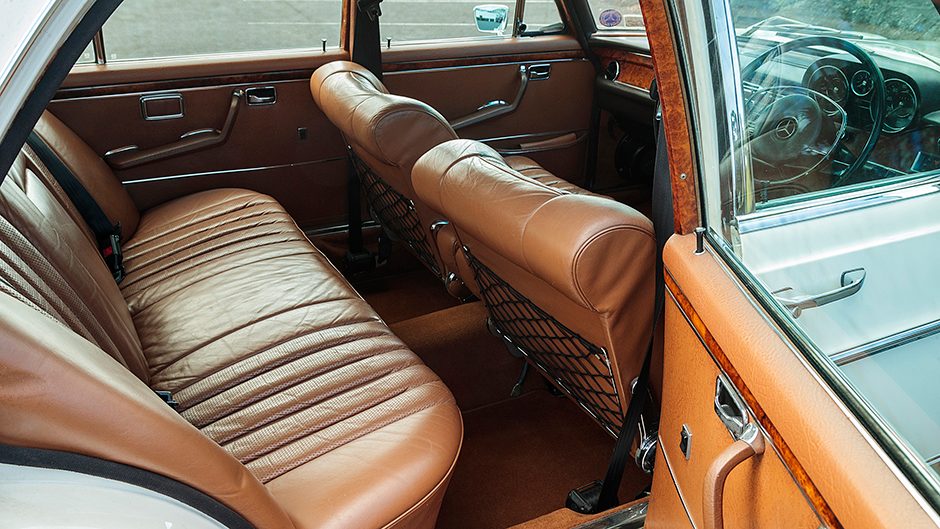
In what would become a theme for AMG, the racer retained most of the SEL’s luxuries, like it’s wooden dash, and the auto gearbox too. Despite a ravenous appetite for fuel and tyres, the red pig was mighty quick and won its class while finishing second overall. While it had finished behind a Ford Capri, the big red racer gained all the post race glory as its result far exceeded everyone’s pre-race predictions. And it proved very successful for a burgeoning AMG, and the business grew.
As to the ‘winning’ race car, it was eventually sold to French plane maker Matra, which modified the big barge to test landing gear for its jet planes. Five of these 6.8 racers were made, but it’s thought only one genuine article remains, while Mercedes-Benz has built an exacting replica for its museum. Though some fifty years separate these two cars depicted, the latest AMG E 63 S shows its clear lineage to the SEL in its technical make-up.
Though the 63 adorns the bootlid of the E, the downsizing dictum has shorn its V8 of cubes but with twin-turbos the smaller V8 outputs more than double what the SEL could achieve in terms of power (184kW v 450) while torque is up by 350 units. The E 63 S also uses air springs and AMG hasn’t moved away from the automatic as the transmission of choice, although the gear count has more than doubled, and with its fancy start-up clutch pack and the addition of all-wheel drive, the time it takes to register 100km/h has almost halved to 3.4sec.
Seems underwhelming to have advanced just three seconds in fifty years but those three seconds are monumental in the scheme of things while highlighting just how quick the SEL 6.3 was in its time.
The sound of the eights is different reflecting the origins of the M100 unit in the SEL as a limousine engine – it’s very smooth with a refined burble, to the racer like noises of the E 63 S. And maintaining that standard set by Aulfrecht and Melcher, the E 63 S retains a high level of luxury. Whereas central locking and a cassette radio were high-end offerings then, the amount of gear onboard the E 63 S would have been simply unfathomable, particularly the safety equipment.
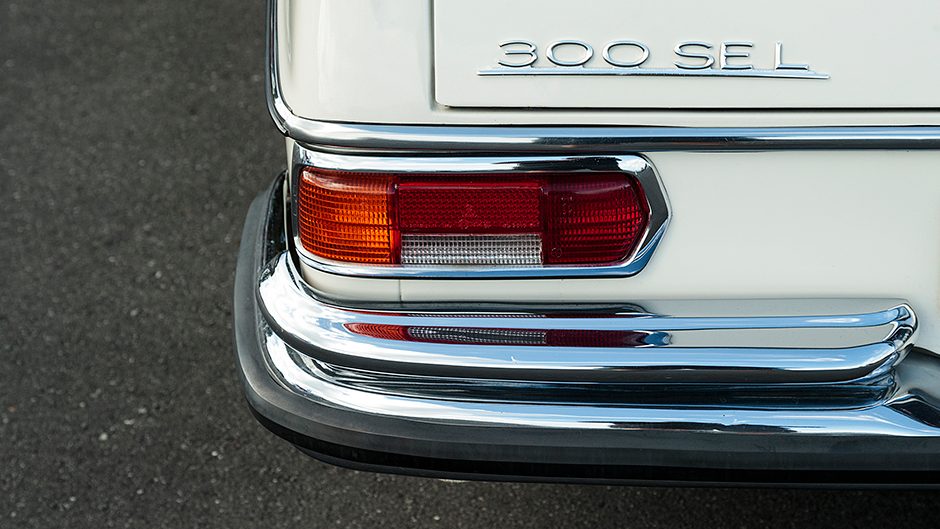
Mercedes-Benz has always been a leader in safety, though back in the late 60s, this, according to the sales brochure, amounted to features such as ‘a large, padded steering wheel hub atop of the energy-absorbing steering column and firmly anchored seats’. This particular 1970 6.3 has been with its current owner since 1995 when he purchased the car from renowned Mercedes-Benz specialist Lloyd Marx Restoration.
The attraction stems from the fact that in its day the 6.3 was well ahead of its time while the owner admits to liking big capacity naturally aspirated engines. The 6.3 in particular he says has an abundance of low-down torque and he rates the throttle response as the most immediate of any car in his stable which includes, among others, a Ferrari F12, a McLaren 675 and an Aston Martin Vanquish.
While he has had other Mercedes-Benz cars in the past, none has felt as strong and robustly built as the 6.3. He credits Lloyd Marx’s extensive knowledge for keeping this 6.3 in such a fine state of tune, with bi-annual services on the M100.
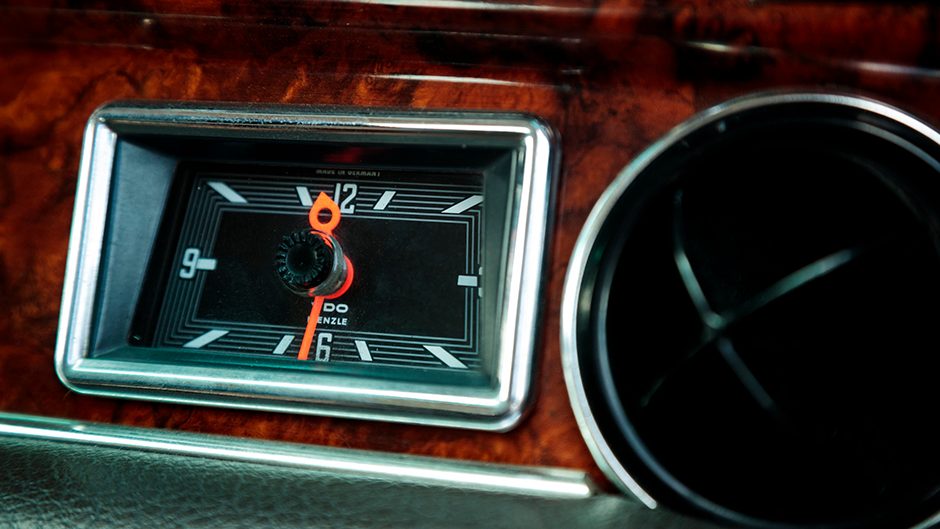
These are rare cars in New Zealand with around half a dozen registered and are therefore sought after. A passerby made us an offer during the photoshoot and the owner says he often finds notes on the car’s windscreen with requests to purchase it.
This one however is not for sale, much to the chagrin of the owner’s wife, and it’s promised to their son, so those interested need to keep looking.


